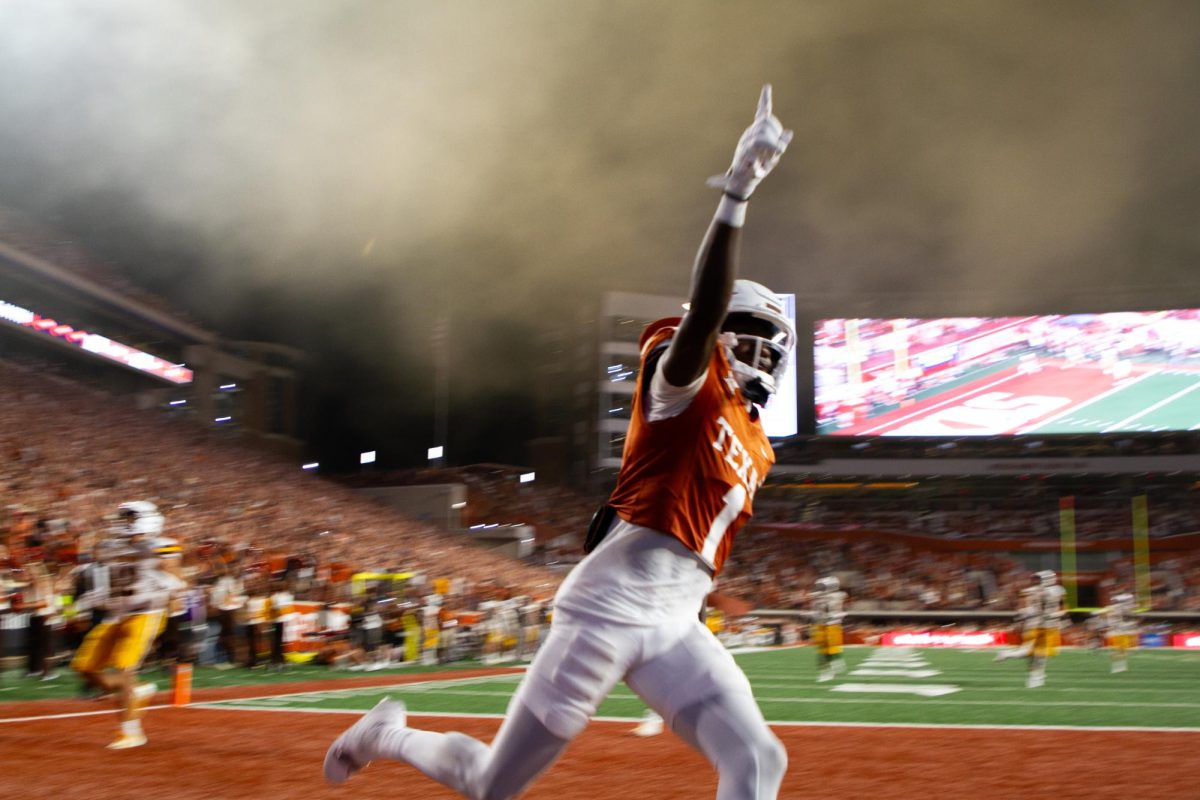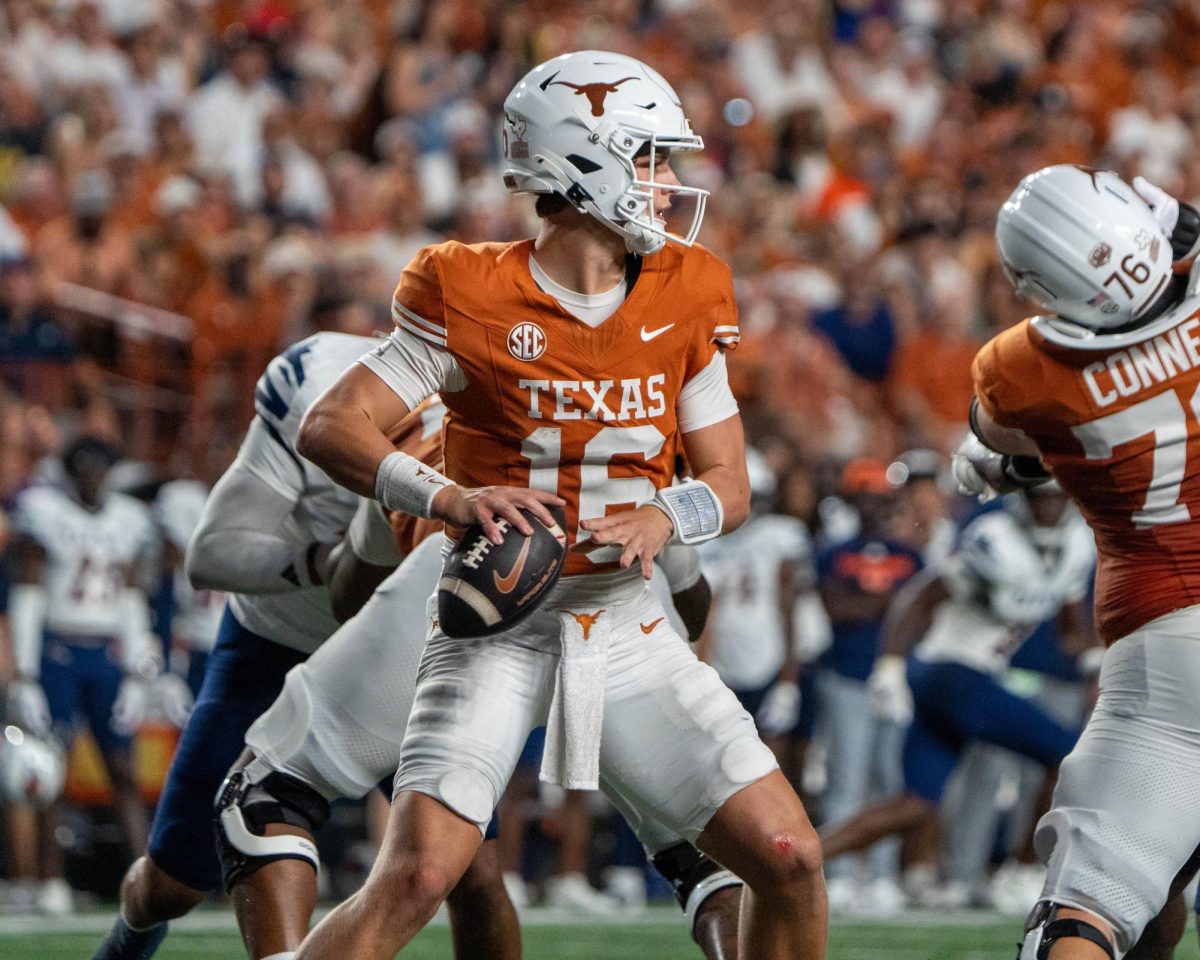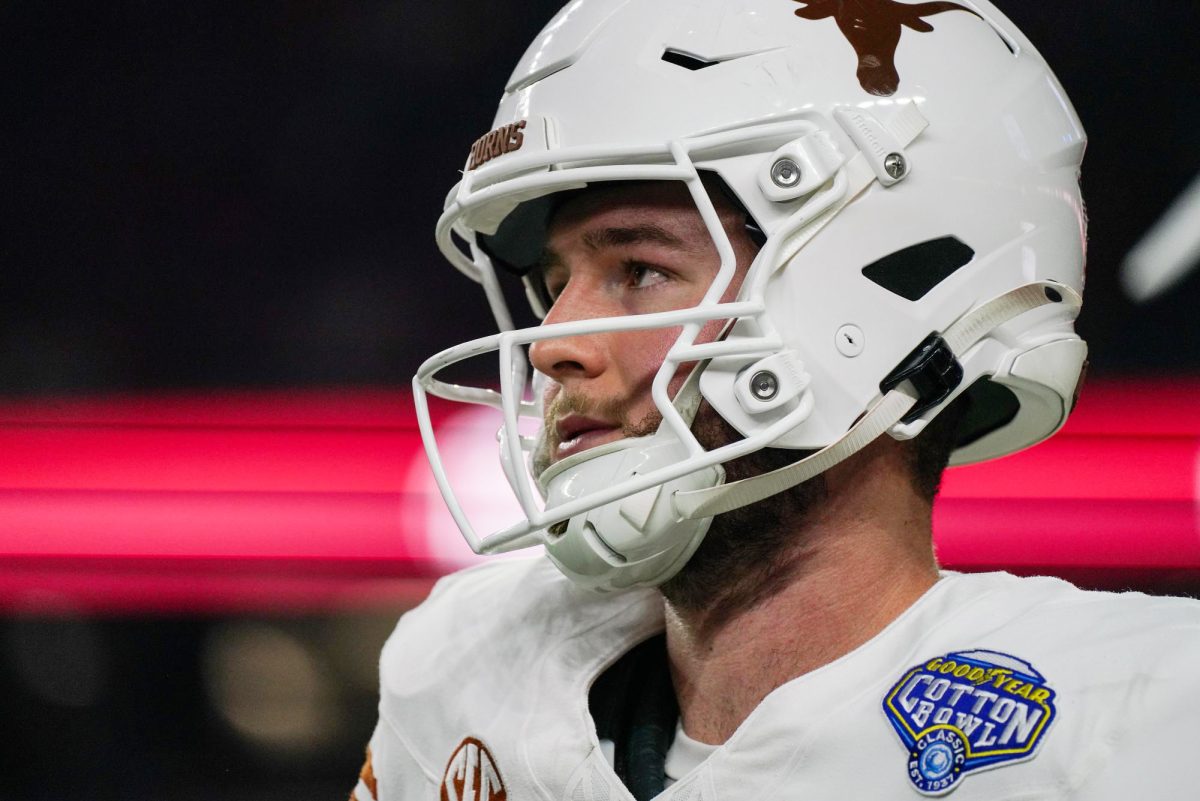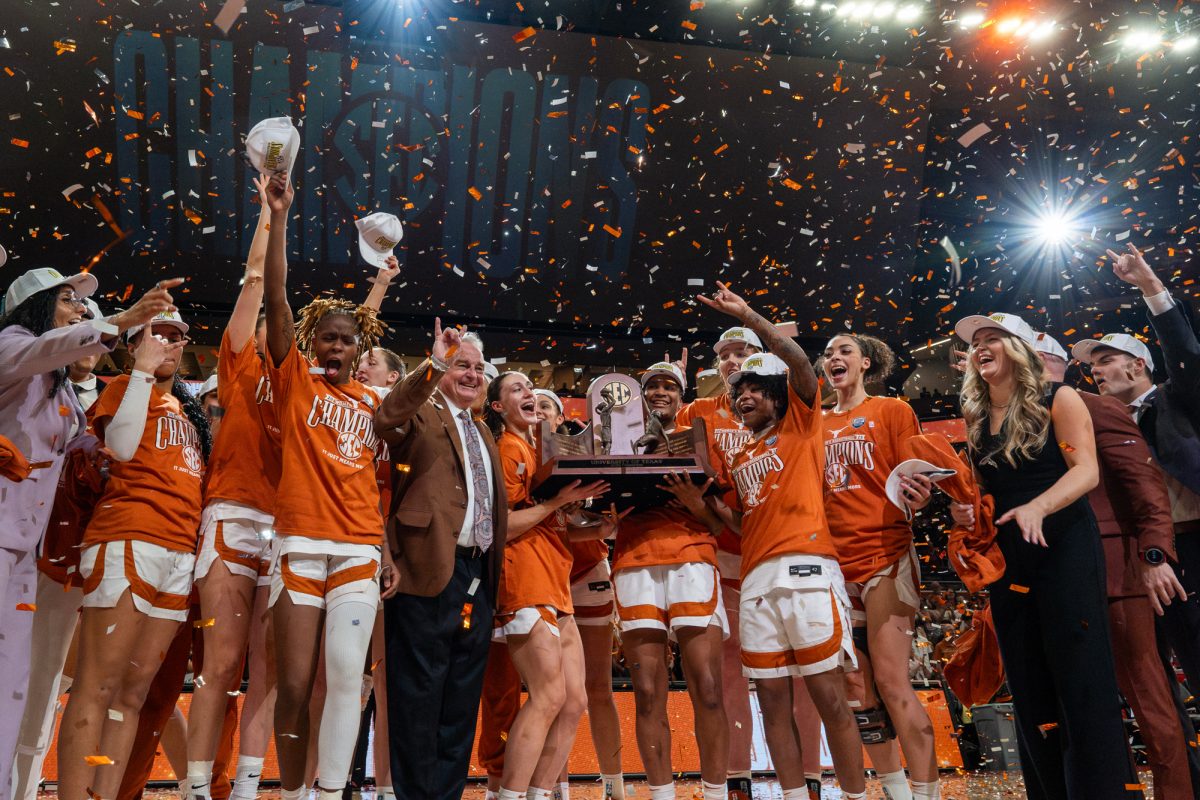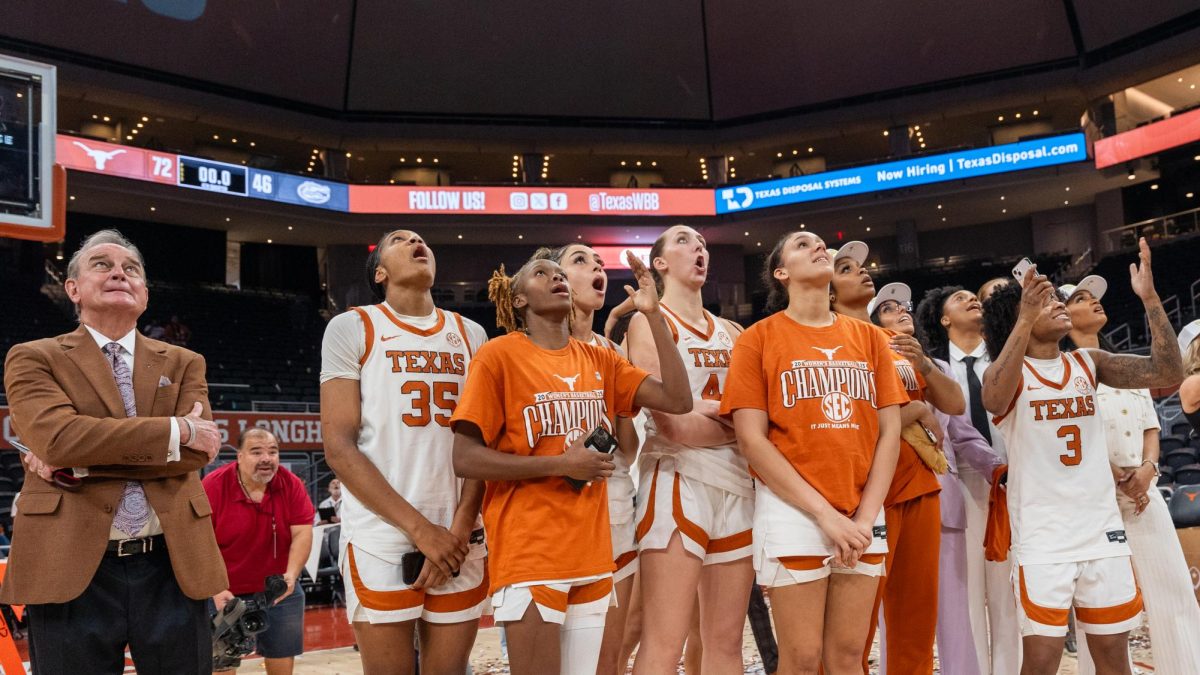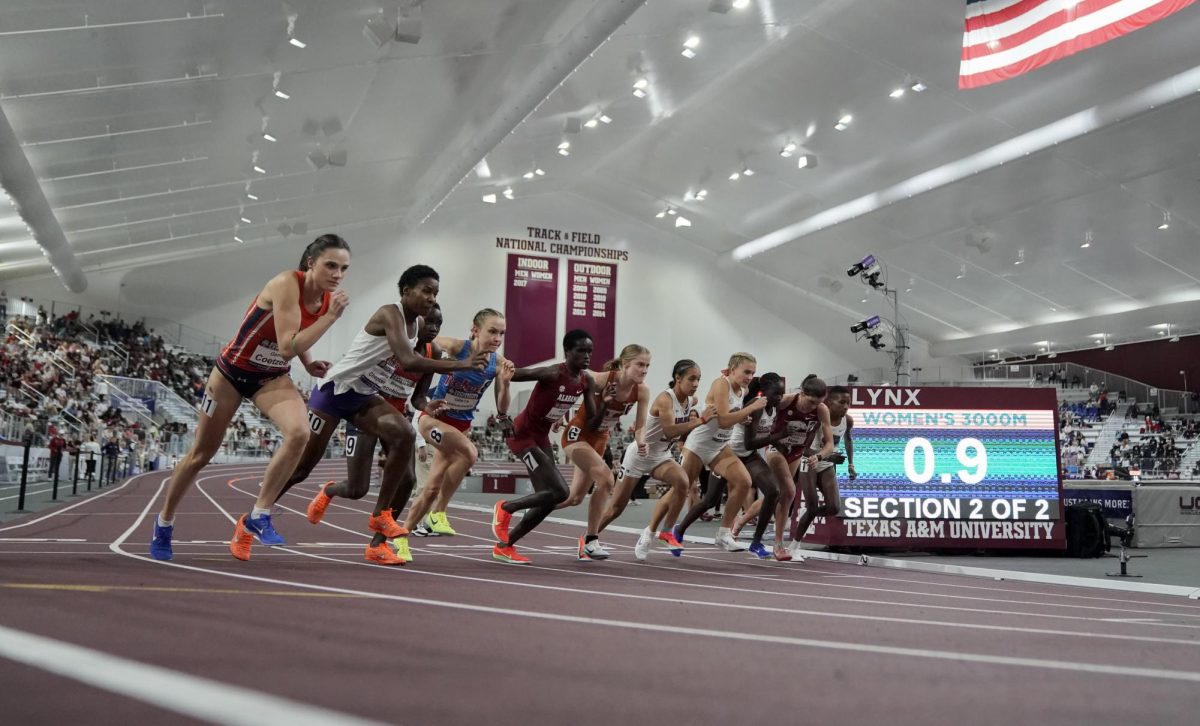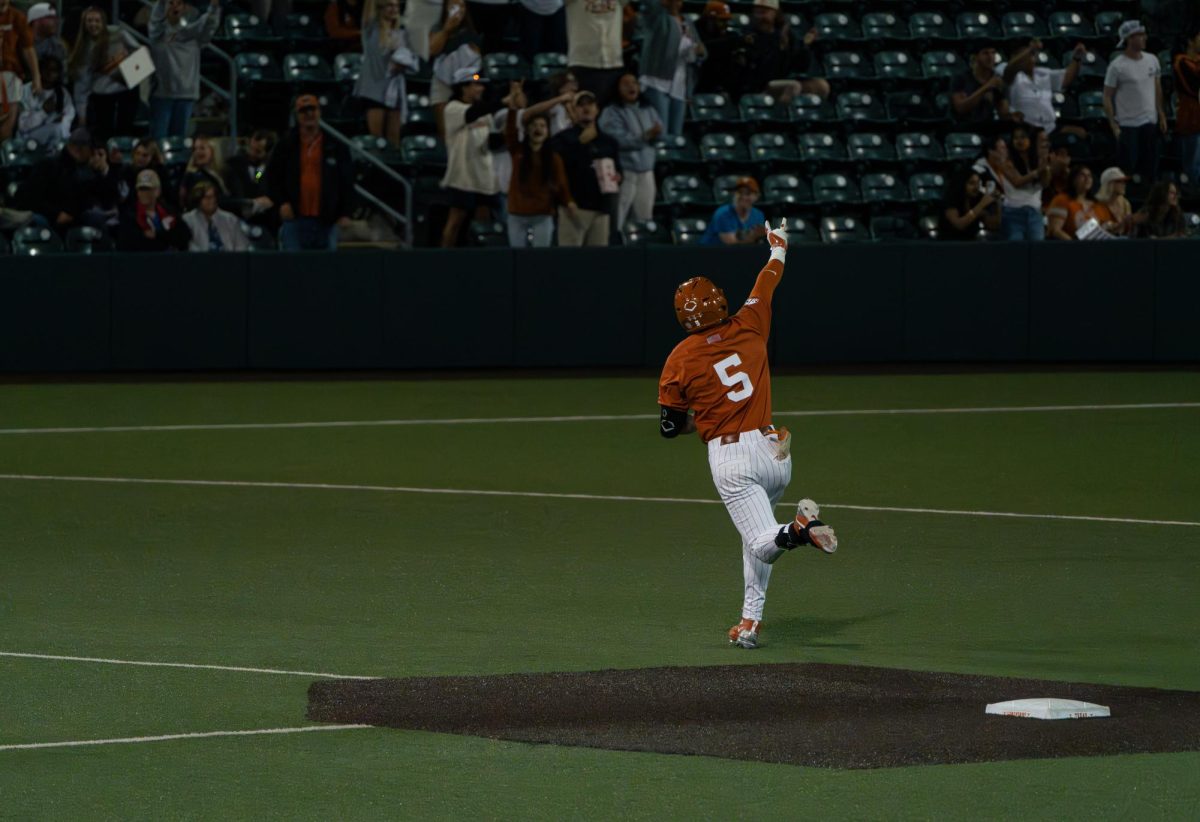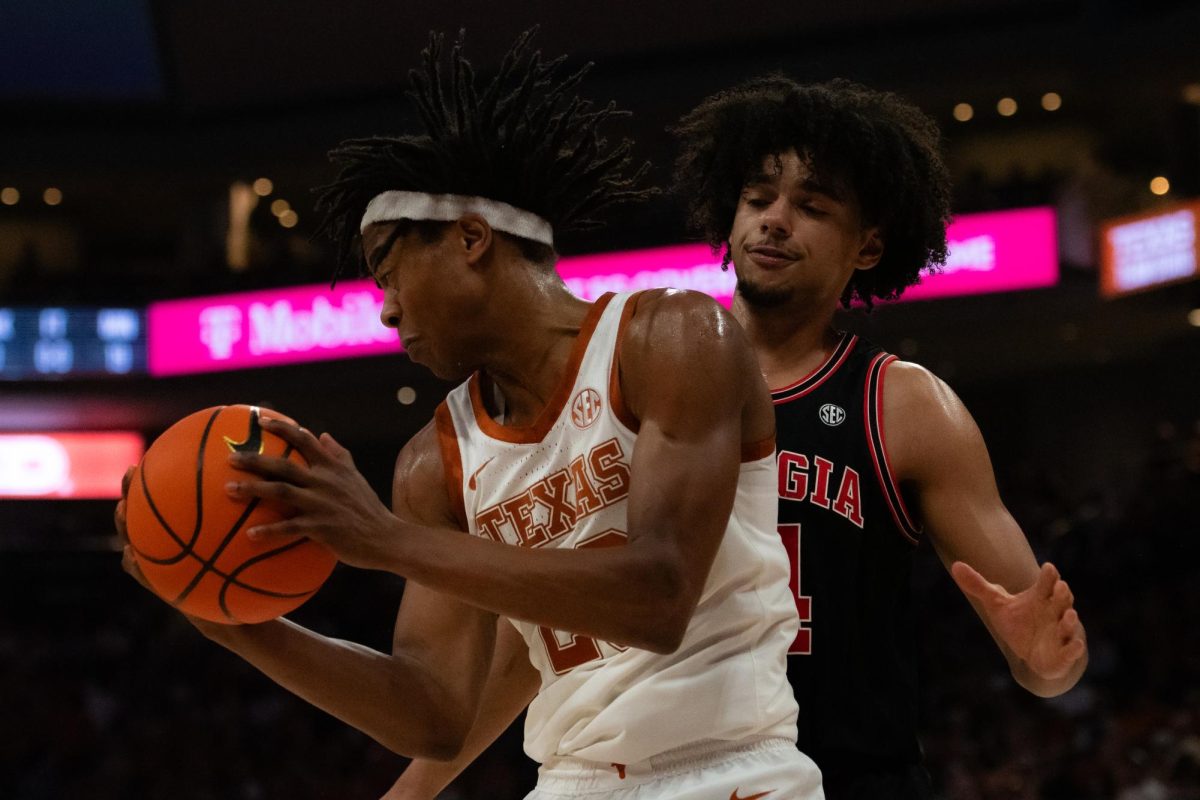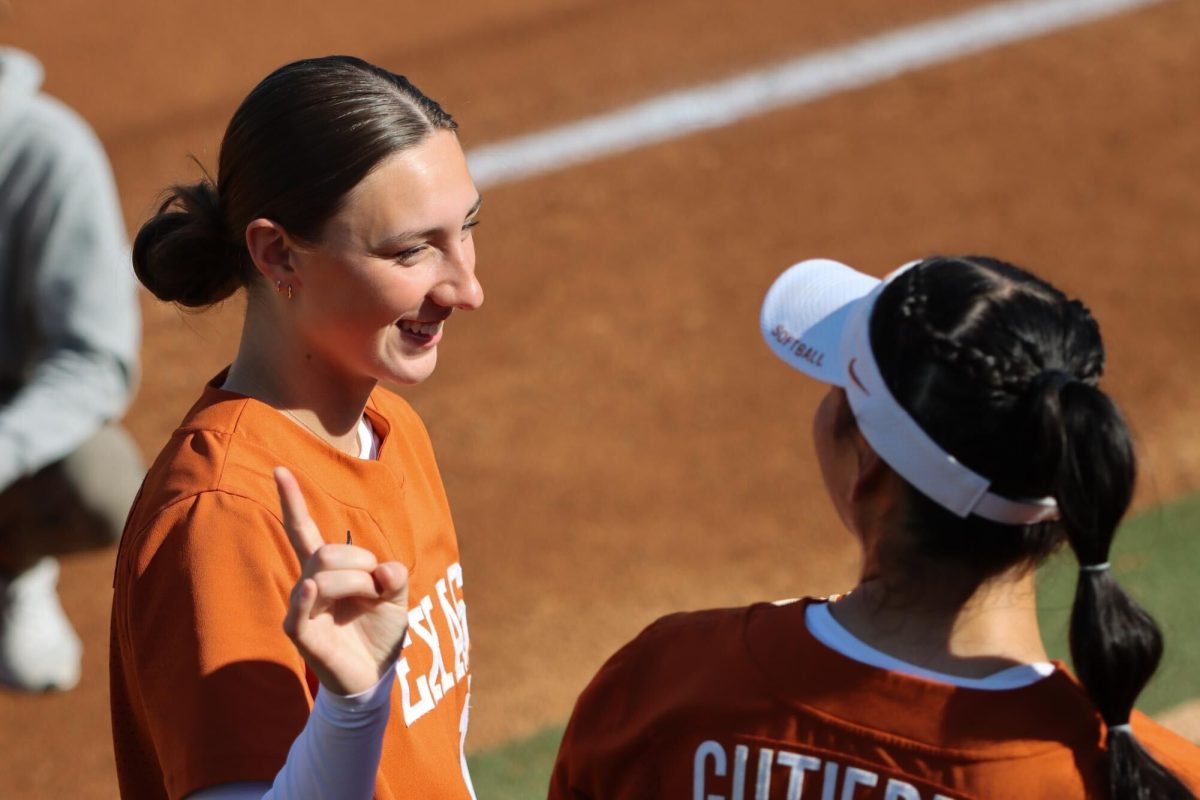Now that the damage has been done, it’s time to sift through the ashes of Texas football to find where to go from here.
The most important thing about the disastrous 2010 season is looking forward to 2011. What changes need to be made to ensure that this was one fluke season and not a long-term fall from grace?
“I have a lot of work to do here,” said head coach Mack Brown. “There’s no time frame on it, no timetable.”
The first thing Brown will do is assess his coaching staff. He’s never been a fan of firing assistant coaches, but after his worst season since 1989, when The B-52’s ruled the world, he’s reached a boiling point. Heavy rumors have already started about coaches “resigning” or “retiring,” and that’s the first step in the right direction. Even Brown will tell you where most of the problems came from this year.
“I think it goes back on coaches, it’s not talent,” Brown said. “People have said it’s talent — it’s not.”
Only the Texas coaching staff could get so little production out of such a promising roster. Too many of the coaches are too outdated in their tactics and stubborn in their ways to be successful in this innovative age of college football. Watch any top 10 team play in their bowl games, and you’ll see an emphasis on execution, desire and creativity — three elements lacking with Texas’ 2010 offense.
The irony is the fact that Texas was ahead of the pack for years by fielding a dual-threat quarterback in the zone-read system. But for some reason, maybe as a ploy to attract better running back recruits, offensive coordinator Greg Davis slammed the brakes and reversed to 1997 when pro-style offenses were all the rage. Unfortunately, the Longhorns were also 4-7 that year, almost as bad as this year’s 5-7 end result.
Immediately following the Texas A&M game, Davis made his final plea with his usual Hank Hill can’t-love-him-but-you-have-to-hate-him demeanor and drawl.
“I think our program is in a solid foundation,” Davis said. “This is obviously a disappointing season, but these are some things that are correctable.”
No matter who’s controlling Texas’ offense next season, he should have plenty of promising weapons. The leading receiver, James Kirkendoll, will be gone, but the bright spots of 2010, freshman wide out Mike Davis and sophomore receiver Marquise Goodwin, will be back.
Also arriving on campus very soon is Jaxon Shipley, Jordan’s little brother. Be very excited about him. Half of this season’s struggles were a result of the loss of the big brother, but scouts say the younger is twice as ready for college football as his brother was. He’s got amazing route-running abilities and will make the acrobatic catch on wild throws and poorly placed balls.
Speaking of which, as bad as quarterback Garrett Gilbert was in his first year as Texas’ starting quarterback, he wasn’t that bad. Sure, he led the nation in interceptions and had one of the worst completion percentages, quarterback ratings and decision-making ability in the history of man, but count on that to make him stronger.
Colt McCoy threw more interceptions on fewer attempts in his sophomore year, but he used his struggles to come back with the most accurate season in college football history and a runner-up in the Heisman Trophy voting.
If Gilbert wants to change where his legacy now stands, it’s all up to him.
But if he’s going to improve as a quarterback, he’ll need some help from a running back. From the spring depth chart, one running back was academically ineligible, one was forced to retire, one was disappointing and the other showed glimpses. The last thing Texas was expecting was for the one-dimensional Gilbert to finish second on the team in rushing yards — that’s not good.
Next year, he’ll have five-star recruit Malcolm Brown, who can beat you with speed around the outside or bulldoze through the middle, a combination Texas has lacked for years.
No matter who it is, one thing is for sure — Texas needs a savior.


